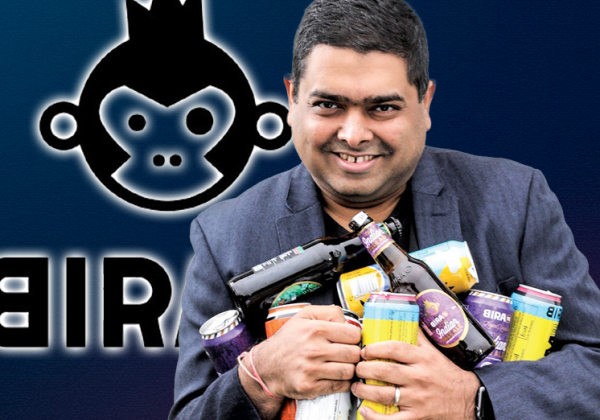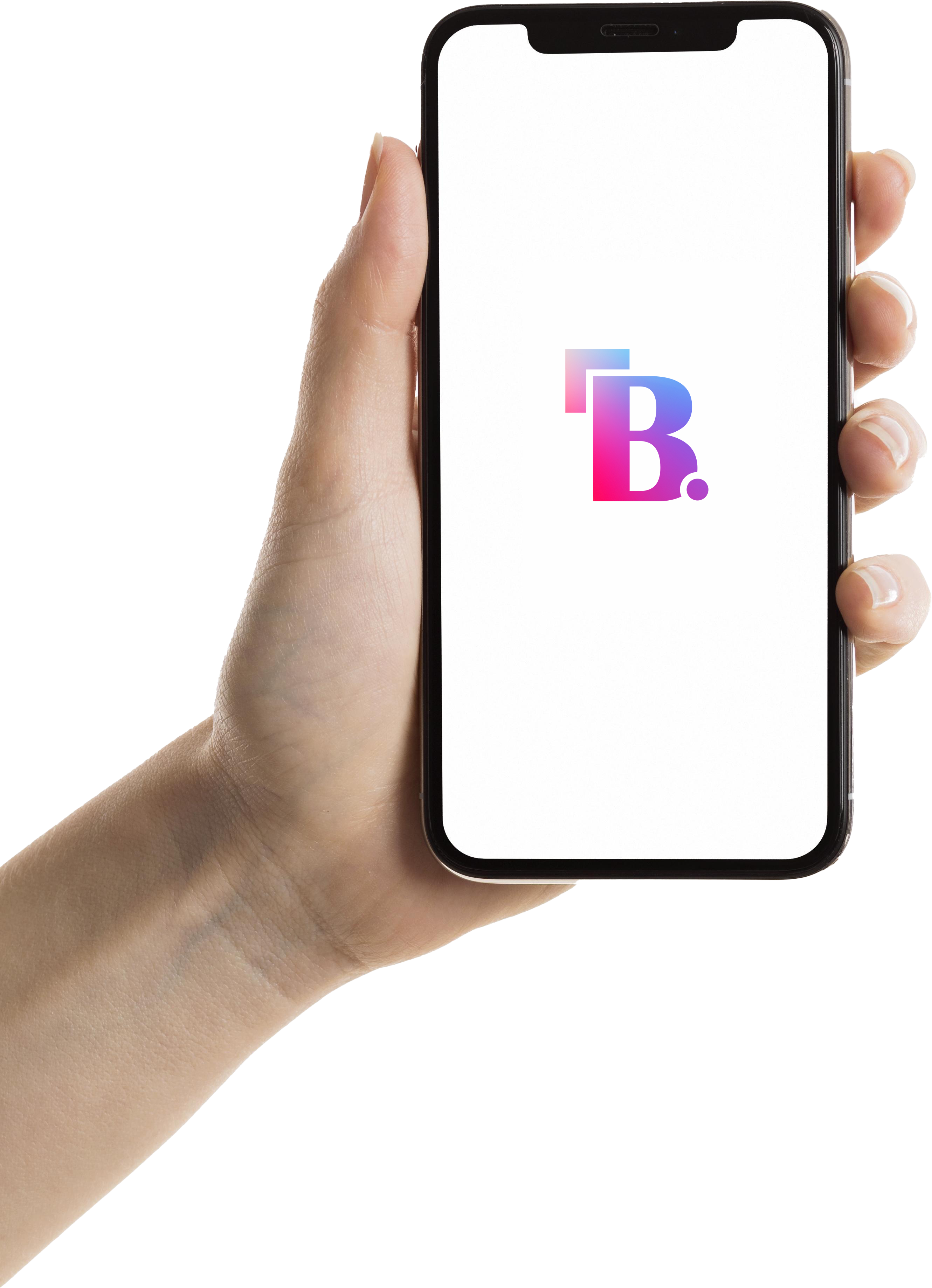Maggi the 2 minute noodle and its Reach!
Maggi noodles have become one of India's most beloved food brands, having established a deep connection with consumers across generations. Launched by Nestle in 1982, Maggi has consistently held a dominant market share, thanks to its innovative and adaptable marketing strategies. This article delves into the key factors behind Maggi’s success and its remarkable journey in India’s instant food market.
Introduction
Maggi is the brand name behind Nestle’s popular range of noodles, soups, sauces, and seasonings. Here are some noteworthy points:
- Originated in Switzerland and debuted in India in 1982
- Pioneered the instant snack market in India
- Holds over 60% market share in India's instant noodles segment
- Produces 80,000 tons annually across India
- Features favorite variants like Masala, Atta, and Cup Noodles
With the memorable tagline “2-minute noodles,” Maggi revolutionized the Indian market by offering a quick, easy-to-make meal that fits modern lifestyles. Its impactful marketing efforts helped turn it into a household name.
Target Audience
Maggi’s strategy aimed at making noodles a staple in Indian homes, targeting a broad demographic:
- Price-conscious lower middle class
- Busy working professionals
- College students away from home
- Families seeking quick, convenient meal solutions
- Rural areas adopting processed foods
Maggi’s broad appeal and adaptive marketing have allowed it to achieve massive market penetration across various audience segments.
Product Strategy
Maggi’s product strategy is built around three core aspects:
Convenience: Quick preparation time, long shelf life, and innovative packaging.
Taste: Tailored regional flavors, including the classic Masala and new varieties like Atta.
Value: Affordable pricing, single-serve options, and combo packs for greater value.
These factors have helped Maggi stay relevant to changing consumer needs and preferences.
Pricing Strategy
Maggi has maintained its affordability even during inflationary periods:
- Competitive introductory pricing in the 1980s
- Low-cost products like Maggi Magic priced at Rs 5
- Gradual price increases aligned with rising input costs
- Frequent discounts and promotional pricing on multi-packs
These strategies have allowed Maggi to hold a commanding market share while remaining affordable to consumers.
Distribution Strategy
Maggi’s extensive distribution network has contributed to its ubiquitous presence:
- Coverage across 2,000+ towns and cities
- Strong rural reach through Project Shakti
- Availability in local kirana stores, supermarkets, and hypermarkets
Additionally, its in-store visibility is enhanced through creative displays, shelf talkers, and signage, making Maggi almost impossible to miss in retail environments.
Promotions Strategy
Maggi’s promotional efforts have been both traditional and innovative:
TV Advertising: Iconic ads like the "2-minute noodles" jingle that emphasized convenience, and celebrity endorsements from stars like Madhuri Dixit.
Out-of-Home Advertising: Billboards near colleges and transit ads that targeted students and young professionals.
Digital Marketing: Engaging social media campaigns with recipe contests and interactive content like WhatsApp stickers.
This multifaceted promotional approach helped cement Maggi’s identity in the market.
Marketing Communications
Maggi’s communication strategy focuses on three themes:
Convenience: Highlighting quick preparation for busy lives.
Everyday Connection: Positioning itself as a part of family bonding and daily routines.
Nostalgia: Evoking childhood memories and long-standing emotional ties through campaigns like “Meri Maggi.”
This balance between convenience and emotional storytelling has endeared the brand to consumers for decades.
Key Marketing Campaigns
Several notable campaigns have reinforced Maggi’s brand presence:
- The “2-minute noodles” jingle from the 1980s became iconic, embedding Maggi in the cultural landscape.
- The "Mood Bana Dost Joda" campaign in 2019 leveraged digital platforms like WhatsApp and Instagram to connect with youth.
- Maggi Kitchens on YouTube offered easy-to-make recipes that encouraged new ways of enjoying the product.
During the 2015 ban, the "#WeMissYouToo" campaign kept Maggi relevant in consumers’ minds while addressing their concerns.
Strategic Partnerships
Maggi has formed strategic alliances to enhance its appeal:
- Collaborations with Bollywood stars like Madhuri Dixit.
- Cricket sponsorships helped align the brand with India’s most beloved sport.
- Partnerships with food delivery platforms expanded its availability and visibility.
These collaborations helped Maggi stay connected with its audience across media and cultural touchpoints.
Conclusion
Maggi’s marketing strategy is a masterclass in building brand loyalty and market dominance. From its product innovations to its emotional storytelling and vast distribution, Maggi has solidified its place in Indian culture. Despite challenges like the 2015 ban, Maggi's strong brand equity has helped it maintain its leading position in the market. Maggi’s marketing journey offers valuable insights for brands looking to make a lasting impact on consumers.
Popular Posts

OM Redox - Your Oxygen Box
OM Redox Your Oxygen Box is a convenient, portable oxygen provider, ready to use at the touch of [...]

Best Website Development Technology
PHP is often regarded as one of the best technologies for website development due to its flexibil [...]

Bira 91 Markeing Strategy- First Craft Beer of India
Beer enthusiasts are well aware of the wide range of options available, whether they're at a bar [...]




